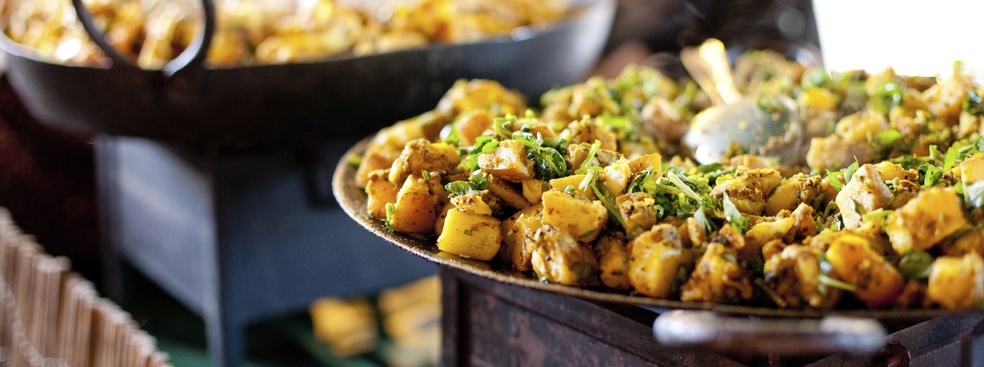“Street Food” is nothing new to the French culinary landscape. Traditionally, one might have grabbed a baguette “jambon beurre” or cheese galette. But until quite recently, you would have been hard pressed to find anything much more exotic on the streets of Paris, aside from a kebab or some form of westernized Asian fair. Any kind of foreign dish was heavily adapted to French tastes: spices toned down, ingredient lists simplified, and recipes modified to resemble a French equivalent.
But times are changing and the French capital’s well-traveled Generation Y is far less fixated on the strictures of Haute Cuisine – and more open to the exotic flavors of a globalized world. Those typical, generic “Asian” take-out restaurants that once peppered the streets of Paris are falling out of style as consumers become more adamant about wanting an “authentic” culinary experience.
Our growing taste for travel and the exotic
Travel is easier and more accessible than ever before. This means that many consumers are familiar with foreign culinary specialties – they might have enjoyed a corn dog in New York, a burrito in Monterey, or an okonomiyaki pancake in Tokyo. And when they get home, they want to be able to relive those exotic culinary experiences, and they won’t be fooled with any frechisized imitation.
This is where street food has filled a niche in France and around the world – globalization isn’t about adaptation to local tastes anymore, it’s about importing an authentic cultural experience. Although, it’s interesting to note that international street foods usually share a great many common traits – they most typically involve soft flat breads, wrapped around food that can be prepared in advance and kept hot for long periods.
But the growing popularity of street food, and our increasing obsession with authentically exotic cuisine, isn’t just about how easy it is to prepare and eat these foods on the go. The idea of authenticity also evokes the concept of quality.
Street food: the legitimate culinary experience
It used to be that you would grab a sandwich if you just didn’t have time for a proper lunch – now street food can be a proper lunch, or dinner, that you can have every day.
In other words, the street food of the 21st century has risen up, and is now seen as a legitimate culinary experience. Indeed, even though it’s generally inexpensive, consumers are choosier; no longer satisfied with a run-of-the-mill kebab, they’re expecting more in terms of quality of ingredients and combination of flavors.
In fact, some celebrity chefs are surfing the street food/”to go” trend to find new revenue streams. Especially for the chefs of 1 and 2 Michelin Star restaurants, there’s a lot of price pressure as you focus energy and resources towards attaining the next star. Since street food is a volume food, where turnover is no longer an issue, this growing trend is helping chefs adapt their business models to the expectations of a new generation.
Over the 9, 10, and 13th of April, ESSEC is launching a unique, innovative teaching experience combining entrepreneurship and operational optimization of a "fast-good" restaurant concept STREET Bangkok Local Food. The start-up STREET, founded by Norman Kolton, a graduate of the ESSEC MBA in Hospitality Management in 2014 and incubated by ESSEC Ventures, will set up in ESSEC’s Knowledge Lab to test the prototype (future) for a Thai “street food” restaurant. ESSEC students will have to test the concept, optimize processes and flows and improve the customer experience.





